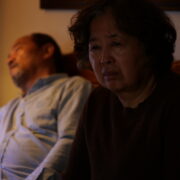MALEFICENT Is A Striking Revision Of A Tired Fairytale
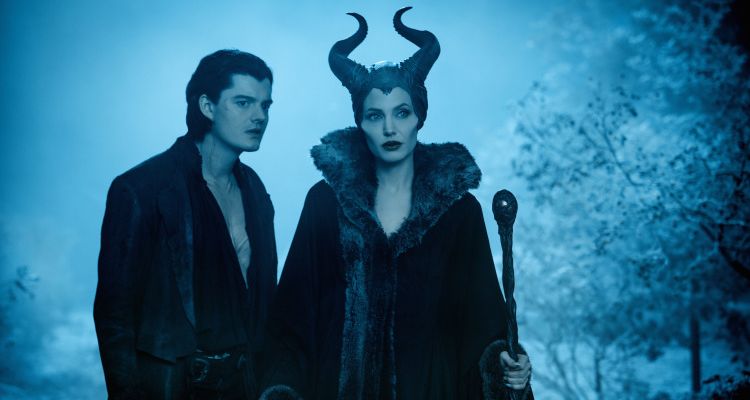
Manon de Reeper is the founder and CEO of Film…
Maleficent is the latest addition to the Disney legacy that tells the story of the 1959 animated classic Sleeping Beauty, but this time from the perspective of the story’s villain, Maleficent. Maleficent is played by Angelina Jolie and Princess Aurora, the Sleeping Beauty, is played by Elle Fanning. The movie also marks the directorial debut for visual effects producer Robert Stromberg.
The original Sleeping Beauty tells the cliche story of “true love” between a man and a woman, even though they didn’t even know each other before. These types of unrealistic love stories between princes and princesses (or peasant girls and princes) are what Disney has produced for a long time – The Little Mermaid, Cinderella and Snow White being other typical examples. The Princess and the Frog marked the change towards less unrealistic love stories, where the Disney Princess is no longer validated by the man she’s with. Maleficent continues this trend.
The Rise of the Villain
In my opinion, the villains are the more interesting characters of any story. Usually, they’ve experienced something so traumatic they have become bitter and eventually turn evil. The same counts for the Disney villains, even if they are over the top villainous. They’re the more relatable characters, too – who can relate to the almost pathological, seemingly drug-induced happiness of the Disney Princesses?
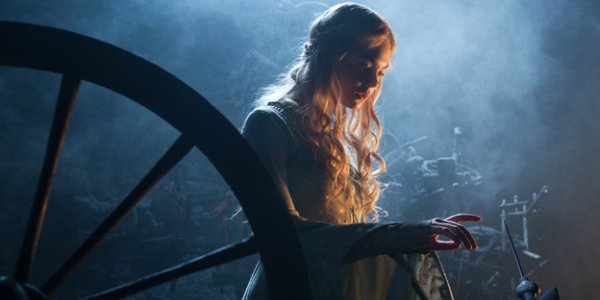
Maleficent‘s story is set up by showing us the early, happy life of Maleficent, who we find out is actually a winged fairy. She lives in the beautiful, fantastical, and happy realm of the Moors. However, Disney wouldn’t be Disney without throwing some moralistic storytelling at us. So, of course, the Moors are threatened by the Greed Of Humans. Maleficent herself is damaged beyond repair by the (human) man she loved, and becomes bitter and evil. She crowns herself the queen of her realm and turns the Moors into a dark, impassable area. A war between fairies and man commences.
In her wrath, she curses the newborn daughter of the king (Sharlto Copley) with the famous curse. King Stefan grows mad: he destroys all spinning wheels in his realm and becomes highly paranoid. He puts Princess Aurora in the care of three clumsy fairies, who hide her in the forests far away from spinning wheels and castles. While Aurora grows up, Maleficent is always keeping an eye on her from a safe, shady distance – a branch, a crack in a window… We’re shown Maleficent’s softer side. And where at first she was disgusted by the little human baby whom she called “Little Beasty,” she begins to love Aurora, and protects her where she can.
When Maleficent finally reveals herself to the teenaged Aurora, now Elle Fanning, Aurora recognizes her as her “Fairy Godmother” and they bond further, even to the point where Maleficent tries to undo her curse.
Magnificent Maleficent and Upper-Induced Happiness
As for the characters themselves, Angelina Jolie is highly striking, even enchanting in her unusual, ethereal beauty. They didn’t emphasize her beauty alone (which Disney apparently did want to do for Maleficent) – instead, they were inspired by Lady Gaga‘s use of face prosthetics, and created a facade both beautiful and fearful, which beautifully mirrored Maleficent’s internal being. Moreover, Jolie played Maleficent well, although the occasional evil cackles were a bit much.
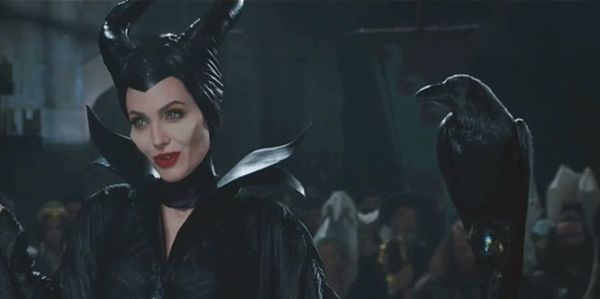
Aurora grows from cute little baby, to even cuter little toddler (Jolie & Pitt’s own child), into a teenager, played by Elle Fanning. Aurora perfectly illustrates the psychedelically happy Disney Princess I mentioned earlier – ever-blushing cheeks, wide smile, huge, innocent blue eyes – always happily twirling among the birds, and, of course, petting deer. She’s so full-on Disney Princess it’s almost a parody. Nevertheless, the gag-inducing happiness did illustrate the very stark contrast between her and Maleficent well, which made Maleficent’s character all the more likable.
An Impressive Debut for Director Stromberg
Maleficent is nothing if not amazingly beautiful. Not just Maleficent herself, but everything. The scenery is gorgeous. The sets are stunning. The visual effects are great. The costuming and makeup were especially amazing, and I hope they receive an Oscar nomination for their efforts. The all-over beauty was even a bit too much to take in at points. Furthermore, the pacing was excellent – it was never boring or slow. A minor down-point was the occasional overacting, of which every actor in this movie was guilty.
Where Transcendence marked an absolute failure for the debut for cinematographer turned director, Wally Pfister, this directorial debut for Robert Stromberg showed he is highly capable, not only in the production of visual effects and set design. This is a great first step for him and I wouldn’t be surprised if we see more beautiful projects directed by him in the future.
Disney’s Shift Toward A More Complex Illustration of Love
Regarding the script: it was remarkably well-written, showing Linda Woolverton’s craftsmanship. It’s a well-balanced concoction of morals, wit, fun, darkness, and interesting characters. Aside from Maleficent’s somewhat cliche turn to evil, finesse was shown especially in her character development. Moreover, they daringly adapted the original story, changing some of its most iconic and important plots. Personally, I was very charmed by how they adapted the tired, old story of Sleeping Beauty, and it is truly culturally significant. I don’t want to spoil the specifics; if you’ve seen it already you’ll know what I mean. One could argue the story didn’t need updating because it already teaches children all the necessary morals, and that Disney (also with its recent Snow White and the Huntsman) is spoiling these stories by turning them into far darker creations than necessary.
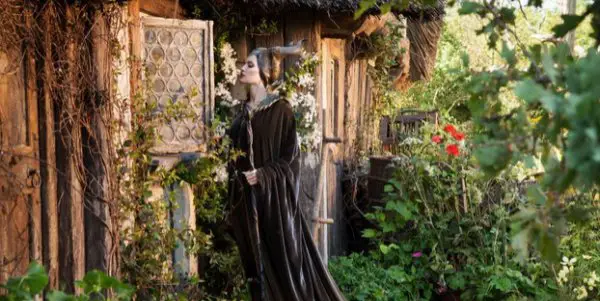
I am more fond of darker stories; I think they’re more realistic. The original Disney films’ plots are so thin and chock-full of morals, I think it’s great they’re updating them with more complex, less black-and-white stories. Disney never prepared children for the real world. Instead, they created an unrealistic, unattainable vision of our world. They equated “beauty” with “good,” and “ugly” with “evil”. They inspired fear of the “other,” the stranger. Sure, these morals were already ingrained in society, but Disney did emphasize them in the past. In my opinion, it’s admirable they’re shifting away from these cookie-cutter, outdated stories.
They’ve taken a step in the right direction, but they’re not there just yet. Unfortunately, the female heroine is still stereotyped as the good and power of motherhood and maternal instincts. Nevertheless, that’s not all there is to Maleficent. She is not wholly evil nor wholly good. On the one hand, she is cruel and bitter; on the other, she’s caring and totally kick-ass. She’s not one or the other; it’s not black-and-white. Good still prevails, yes, but it took far more effort than it did back in the 50’s, and guessing by the final battle in the castle, I’m fairly sure she still retains some evil in her heart.
Conclusion
All in all, I enjoyed Maleficent. The story was well-crafted and unexpectedly funny, the characters are interesting and generally well-rounded (except Aurora), and the whole movie was visually beautiful. I can genuinely recommend the film, even just considering its update of the old story of Sleeping Beauty and the effect Disney has had on cultural norms and values in the past, as they’re now revising their morals themselves.
I’m very curious to hear what you think about Disney’s update of the old story! Please share your thoughts in the comments. I’d love to discuss!
If you enjoyed this review and discussion, I’d really appreciate it if you shared it with your social networks!
Does content like this matter to you?
Become a Member and support film journalism. Unlock access to all of Film Inquiry`s great articles. Join a community of like-minded readers who are passionate about cinema - get access to our private members Network, give back to independent filmmakers, and more.
Manon de Reeper is the founder and CEO of Film Inquiry, and a screenwriter/producer. Her directorial debut, a horror short film, is forthcoming in 2021.


